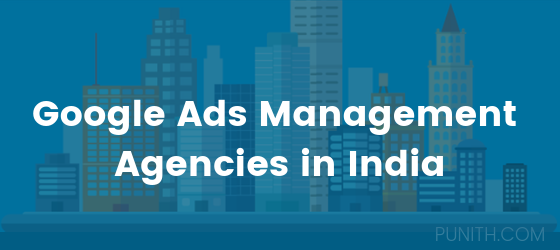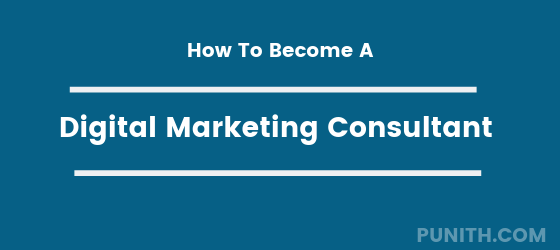In an industry where new and splashier rich media products would seem to dominate the net, contextual advertising may actually be a more effective form of internet marketing. Whether used alone, or as part of a solution with an advertising affiliate, contextual programs can bring in more traffic, in a market better targeted to your business, for less money than an extensive video campaign might cost.
Whether you are the buying or selling the advertising, contextual advertisement comes in two main forms:
On-Page Ads
On-Page Ads are the advertising forms most of us are accustomed to. They appear either as “sponsored links” on a search results page, or as a sidebar from an advertising affiliate contextual program, such as Google Adsense, and can change depending on the text of the page on which they reside.
In-text or In-line Ads
In-text or In-line Ads are found only within content-driven websites, and are made up of unique hypertext links within the body of the actual text (but not the same as the usual underlined links). For example, if a site was devoted to information about canine epilepsy, there would be links within the various articles. This type of advertising is especially attractive to advertisers for two reasons:
- These ads are not irritating, annoying, or in any way ostentatious, so they do not distract from the actual content.
- These ads are completely user-controlled, so once a user learns that specific links are ads, they can choose to click or not to click. This means that there is a greater like hood of real click-throughs.
In addition to these two main forms, pop-ups and pop-unders can be considered a form of contextual advertising, although they make up for the missing annoyance factor in their text-based cousins. There are also e-minimalls, such as Chitika.com which serve as a sort of clearing house for product advertising. Contextual ads are their main ad-form, used within and along-side of commercial blogs and websites that are entire pages of product advertising.
Targeting – What is It?
One of the greatest advantages of contextual advertising is that it lends itself easily to targeting, or aiming ads at specific groups of people who are in a key market. Specifically, it does this with an advertising affiliate contextual program which scans web content and matches relevant keywords, then displays an ad relating to those keywords. Going back to our page about canine epilepsy, the ads might be for veterinarians, online pet medicines, dog treats, or even pet-loss support groups. On a website about sports, you’d see ads for sports drinks and sneakers, and on a page about flowers, florists and garden suppliers would likely be represented. When presented with ads that are relevant to the content they searched for, users are more likely to click on them, or follow links. There is some controversy in this system, however, as some affiliates require the installation of third-party software that finds keywords and links on every site visited.
Major contextual advertisers
Not surprisingly, the major players in the contextual advertising game are also common PPC advertising affiliates, contextual advertising being just part of their total advertising solutions. Here, in alphabetical order, are six of the top contextual online advertising networks:
AdSonar
adsonar is an affliliate program offered by Quigo. They claim that all advertisers you attract are yours to keep, and, like many such networks, structure they payouts in a tier system, not unlike popular multi-level marketing schemes, with commissions based on your downline advertiser’s spending.
Chitika
Chitika is one of the largest and most successful e-minimalls, providing extensive hints and tips, as well as advertising space for traditional text ads, or inline advertising blogs.
Clicksor
Clicksor is a full service advertising publisher, offering various contextual advertising programs, including PPC and CPM payment models. Most of their services involve bidding on keywords.
Google Adsense
Google Adsense is the consumer end of AdWords, which is their advertising engine. Adsense, which is the most commonly used method of monetizing a website, is an ad server, providing unobtrusive sidebar ads that are usually relevant to the content of the website on which they’re presented. Both programs have PPC models, but it is the AdWords program which is ultimately the source of all income from Adsense.
Kanoodle
Kanoodle is a subsidiary of Seevast, and originated as a traditional PPC advertising company. It is now focusing on putting text ads on the web’s top sites.
Overture
Overture is the granddaddy of website monetization – Google actually copied Overture’s original model – and responsible for Yahoo and MSN’s portals hosting text ads in the first place. Now re-branded as Yahoo Search Marketing, it’s still one of the leading competitors in contextual online advertising.
Tips For Success
As with all forms of internet advertising, there are a few tips and tricks to help make contextual advertising maximize its potential. Here are a few, some of which are specific to this medium, and others which can be applied to any internet marketing:
- • Keep your ad as simple as possible, including simple URL’s in the ad.
- Consider your ad output. Does it look better with two lines or four? Remember that some white space can be good.
- Use normal capitalization, not small caps. You’ll have cleaner text.
- Know your target – and make sure your message is clear.
- Make sure that the landing page looks good, with important information at the top, and no pop-ups or pop-unders.
Because contextual advertising is based on text – natural language – it is both the easiest and most difficult to use. It is easy because you do not have to spend hours making sure the text can be seen over a graphic, or compiling video. Conversely, you have only a few characters in which to sell your product, and get users to click through. As with any advertising affiliate, contextual programs are usually based on click-throughs. Contextual advertising, however, is the most effective way of generating those clicks, and worth using, both as a publisher, to gain extra revenue, and as an advertiser, to increase your customer base.




![All You Need To Know About AMP [Accelerated Mobile Pages]](https://www.punith.com/wp-content/uploads/2018/08/amp.jpg)
0 Comments